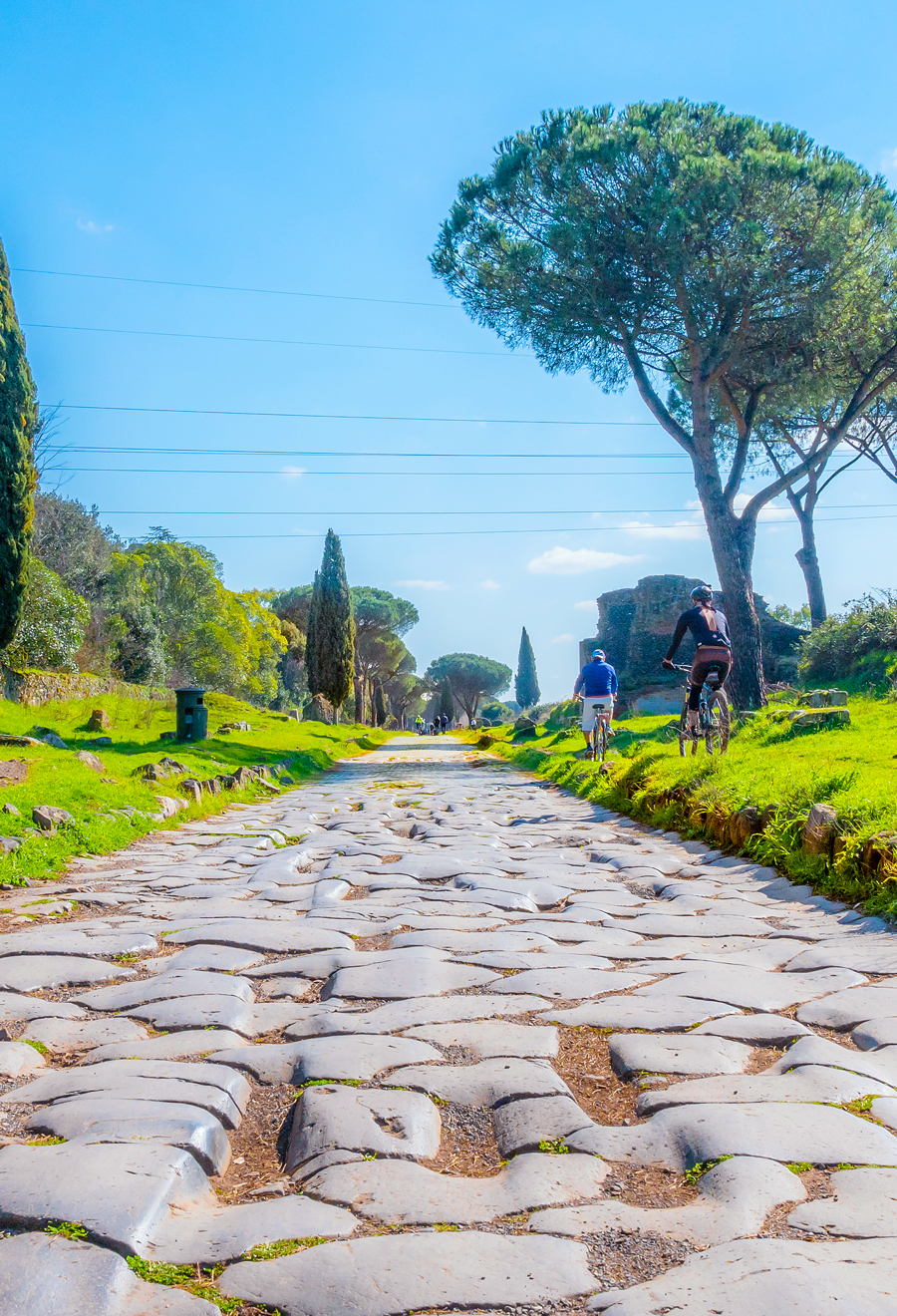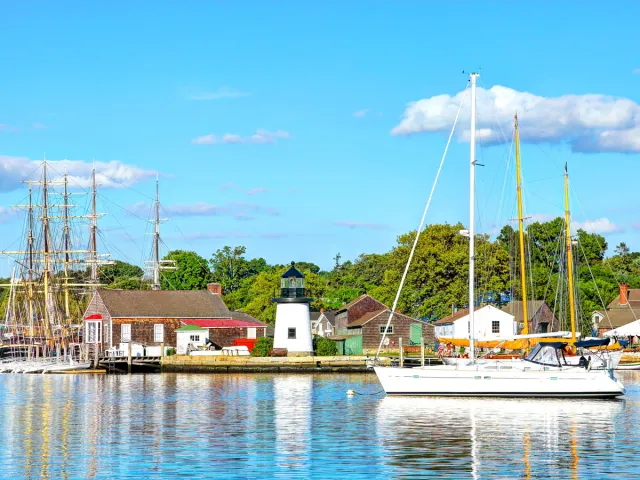The UNESCO World Heritage List was established in 1978 in an effort to protect and preserve culturally and naturally significant sites around the globe. As of 2024, the prolific list contains 1,223 notable landmarks located in 168 countries — and it continues to grow each year. Recently, UNESCO granted World Heritage status to 24 new spots in Africa, Asia, Europe, and South America. While all of these landmarks are worth visiting in their own right, here are seven new UNESCO sites that should be at the top of any world traveler’s wish list.
Lençóis Maranhenses National Park – Brazil

Lençóis Maranhenses National Park is known for its otherworldly dune fields that formed millions of years ago during the Quaternary Period. But it wasn’t until 2024 that the United Nations Educational, Scientific and Cultural Organization (UNESCO) recognized the area as a World Heritage Site — making it the 24th such location in Brazil.
Located in the country’s northeastern region in the state of Maranhão, these pristine white sands flow for what seems like eternity throughout the park’s 380,000 acres and along 50 miles of Atlantic coastline. During the rainy season, crystalline lagoons form in the crevices of the sand dunes, adding even more color to an already stunning sight. Notably, the park is also home to four endangered species, including the West Indian manatee and scarlet ibis.
Brâncuși Monumental Ensemble of Târgu Jiu – Romania
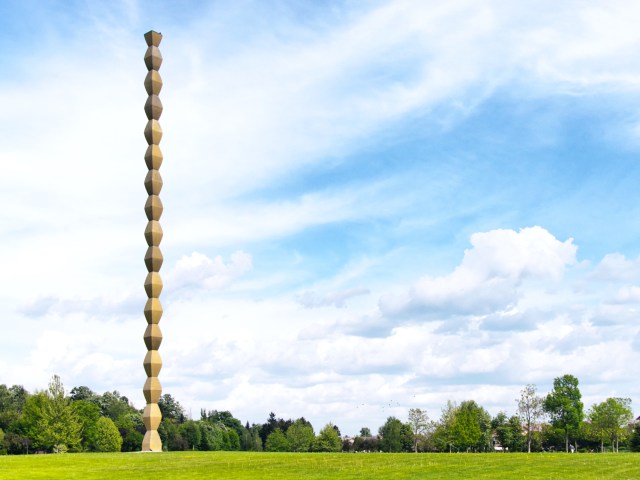
From 1937 to 1938, Romanian sculptor Constantin Brâncuși was given a tall order. He was tasked with creating a series of monuments in dedication to those who lost their lives in defense of the city of Târgu Jiu during World War I. The result was a moving ensemble of three monuments that are located in two parks along the Jiu River.
The first memorial, the Table of Silence, is a circular stone table surrounded by 12 chairs meant to commemorate the silence that soldiers feel before venturing into battle. The second is the Gate of the Kiss, which comprises two joined columns to reflect on “the beginning of life… through love,” according to the sculptor. Lastly you’ll find the Infinity Column, a mesmerizing, 98-foot-high freestanding column made of pyramidlike shapes that seem to ripple as they travel up toward the sky.
Vjetrenica Cave – Bosnia and Herzegovina
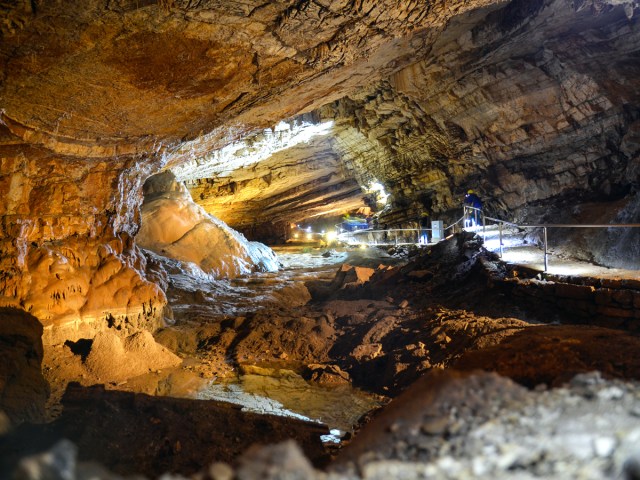
The largest cave in Bosnia and Herzegovina, Vjetrenica Cave is located in the village of Ravno, which is home to around 3,000 people. Thousands of years ago, these caves served as shelter for prehistoric humans. Today, the caves provide visitors with a chance to experience a fascinating geologic excursion along their natural winding hallways.
A particularly unique feature of this expansive cave system is the rare flora and fauna found inside. Vjetrenica Cave is home to the planet’s only subterranean tube worm, along with many species of subterranean aquatic fauna that thrive in this unique ecosystem. The caves also contain many ancient animal species whose closest relatives have long been extinct. This spectacular biodiversity makes the cave a must-visit natural wonder if you find yourself in the region.
Nelson Mandela Legacy Sites – South Africa
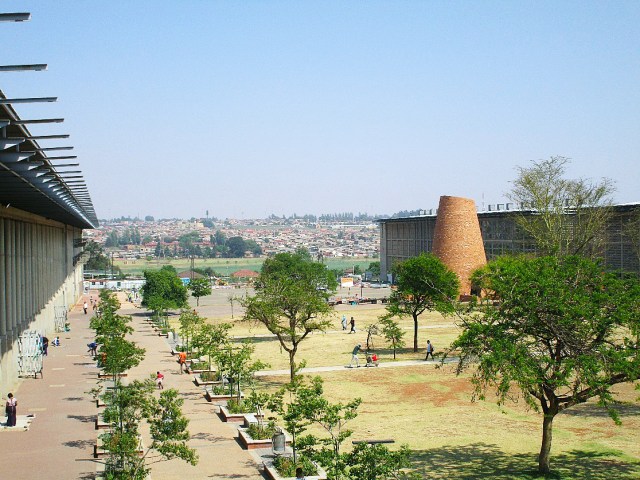
Nelson Mandela was one of history’s most important civil rights activists, who helped South Africa to overcome its horrific history of apartheid. Realizing just how important Mandela’s impact was and remains today, UNESCO in 2024 added a collection of his legacy sites to the World Heritage List.
There are 14 individual sites, such as the Great Place at Mqhekezweni, where Mandela lived as a young boy, and the Sharpeville sites, which commemorate a horrific massacre of protesters who were killed while protesting racially discriminatory laws. Journey through these fascinating and sobering places to learn more about Mandela’s life and the lasting impact of his work and the work of those around him.
Phu Phrabat – Thailand
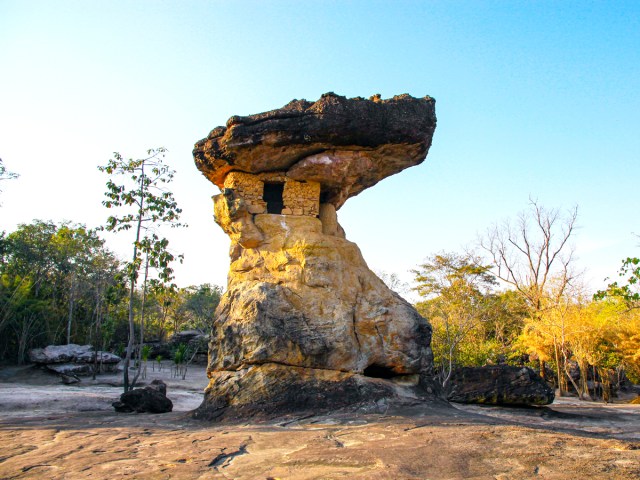
The Phu Phrabat historical park, located in the Ban Phue district of northeastern Thailand, is known for a series of unusual rock formations that include spires, boulders, and massive rocks that appear to be precariously balancing. The rocks have stood there since prehistoric times, as evidenced by the carved human art that’s thought to date back some 6,000 years. Beginning in the seventh century CE through the 11th century, the rocks were used as religious shrines by Hindu and Buddhist worshippers. The rocks remain an annual pilgrimage site for many in the region, who come to pray just as their ancient ancestors did.
Via Appia – Italy
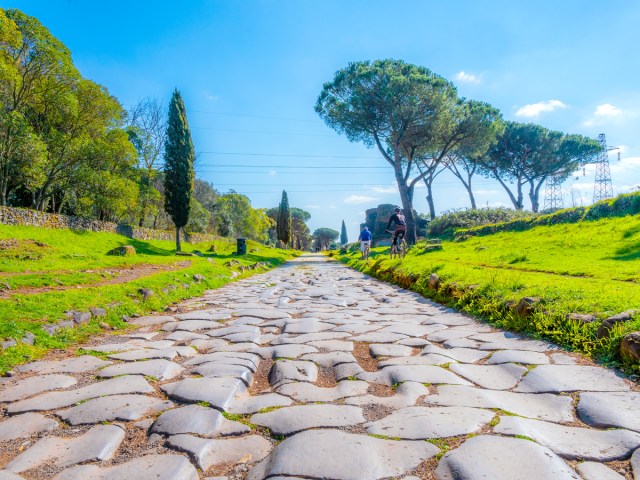
The origins of Italy’s Via Appia (known in English as the Appian Way) date back to the time of ancient Rome, when it served as the empire’s first major road. The first part of the road was built in 312 BCE to enable further military conquest throughout the region. At its peak, this stone thoroughfare extended for 120 miles and connected Rome to the city of Brindisi toward the southeast. Via Appia is a testament to the impressive skill of Roman engineering, as many portions of the road remain intact today. For curious travelers, it’s also the perfect place to take a stroll through millennia of history.
Umm Al-Jimāl – Jordan
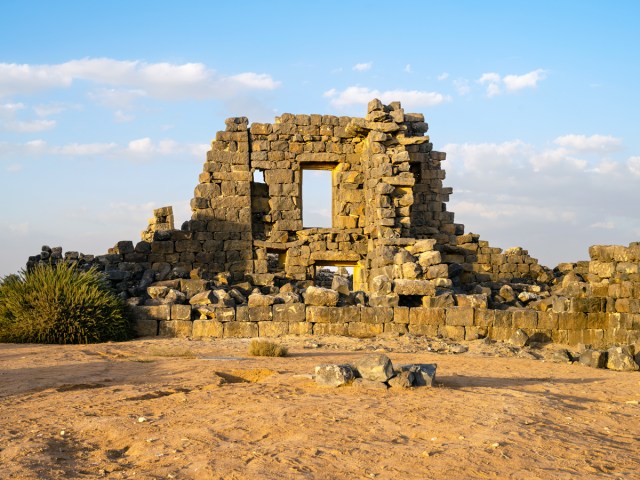
Located in rural Jordan, Umm Al-Jimāl dates to the first century CE. The settlement’s peak was from the fifth century to the eighth century. During that time, residents cultivated new water capture techniques that transformed the village into an agricultural haven.
Today, Umm Al-Jimāl is renowned for the many ancient structures that reflect an early Byzantine and early Islamic style, along with ruins of Roman temples at nearly every turn. You’ll even find stone window frames that continue to stand strong all these centuries after their creation — a testament to the skilled craftsmanship of those who once lived in Umm Al-Jimāl. Tragically, the site was raided by robbers in 2014, though the recent efforts of UNESCO will hopefully preserve this ancient landmark for many generations to come.
More from our network
Daily Passport is part of Inbox Studio, which publishes content that uplifts, informs, and inspires.






